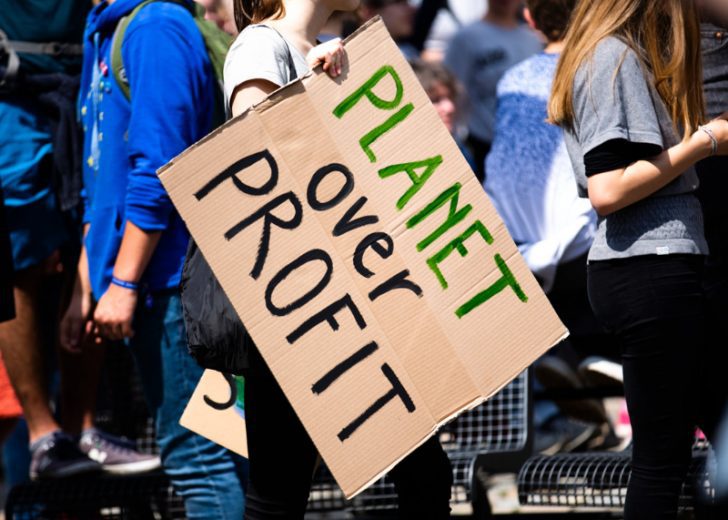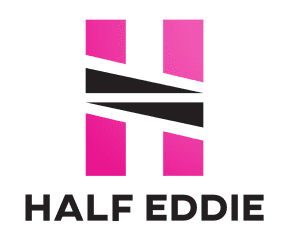Pledges Galore!
A recent Corporate Climate Responsibility Monitor Report, reviews climate change mitigation pledges of 25 high-revenue global companies across multi-sectors and countries. Companies exaggerated their goals and lacked transparency. It scored efforts on transparency and integrity levels, based on a five-point scale: high, reasonable, medium, low, very low. The report reviewed company efforts to tackle Scope 1, 2 and 3 emissions.

Scope 1 means direct emissions from owned or controlled sources. Scope 2 is indirect emissions from generation of purchased electricity, steam, heating and cooling consumed by reporting companies. Scope 3 includes all other indirect emissions in a company’s value chain. Companies made ambitious pledges to fight climate change, exaggerated goals and lacked transparency. Better approaches by companies to meet climate change targets, demand more transparency. Without standardized approaches for data disclosure, analysts failed to understand commitments and identify key details, undermining commitments.
Google scores low for transparency and integrity
Google’s major emission sources emanate from product manufacturing, use and electricity consumption in data centers. Google’s decarbonisation efforts are innovative and comprehensive, their reliance on controversial carbon offsetting program involving offsetting pollution by eliminating carbon elsewhere, via tree planting or land restoration is criticized. Google does not clarify whether plans are sufficient to address scope 3 emissions, which majorly comprise Google’s greenhouse gas emissions. Google failed to comment on these queries.
Apple scores reasonable when it comes to transparency, but moderate for integrity

Apple scores in transparency but is moderate in integrity. They aim to achieve carbon neutrality throughout its entire business by 2030, and the average annual emission reductions reveal that Apple would eventually meet this goal. Apple’s 2020 claim about being carbon-neutral applies to scope 1 and 2 emissions, accounting for 1.5% of greenhouse gas footprint. The remaining 98.5% scope 3 emissions Apple has yet to eliminate comes from goods and services for product manufacturing. Apple offered no comments.
Walmart scores reasonable for transparency, low for integrity
Walmart set goals to reduce operational emissions to zero by 2040, with interim goals in 2025 and 2030. As most are scope 3 emissions, Walmart set no emissions reduction target, relying on their suppliers to voluntarily reduce emissions. Walmart responded that it addressed scope 3 emissions and would meet science-based goals for scope 1, 2 and 3 emissions reduction, set in 2016. Their employees are collaborating with suppliers to avoid one billion metric tons of greenhouse gas emissions by 2030. Their public records indicate how Walmart plans to reduce scope 3 emissions.
Amazon scores shockingly low for transparency and integrity

Amazon’s ecological footprint is due to e-commerce logistics and data centers using cloud computing technology. The company has a net-zero carbon pledge for 2040, but lacks implementation clarity. Amazon regularly issues carbon footprint reports which are publicly available. Amazon plans to power all operations with 100% renewable energy by 2025 and by 2030, will deploy 100,000 electric delivery vehicles. Amazon’s LEAF Coalition, a public-private global initiative for raising $1 billion to protect the world’s tropical rainforests, spells out support for nature-based solutions such as conservation, restoration and improved land management actions. Their low ratings are due to lack of granularity in data. Amazon has made significant efforts to, reduce emissions from third-parties, test decarbonization techniques and invest in renewables, limited transparency spoils detailed assessment of their efficacy.




